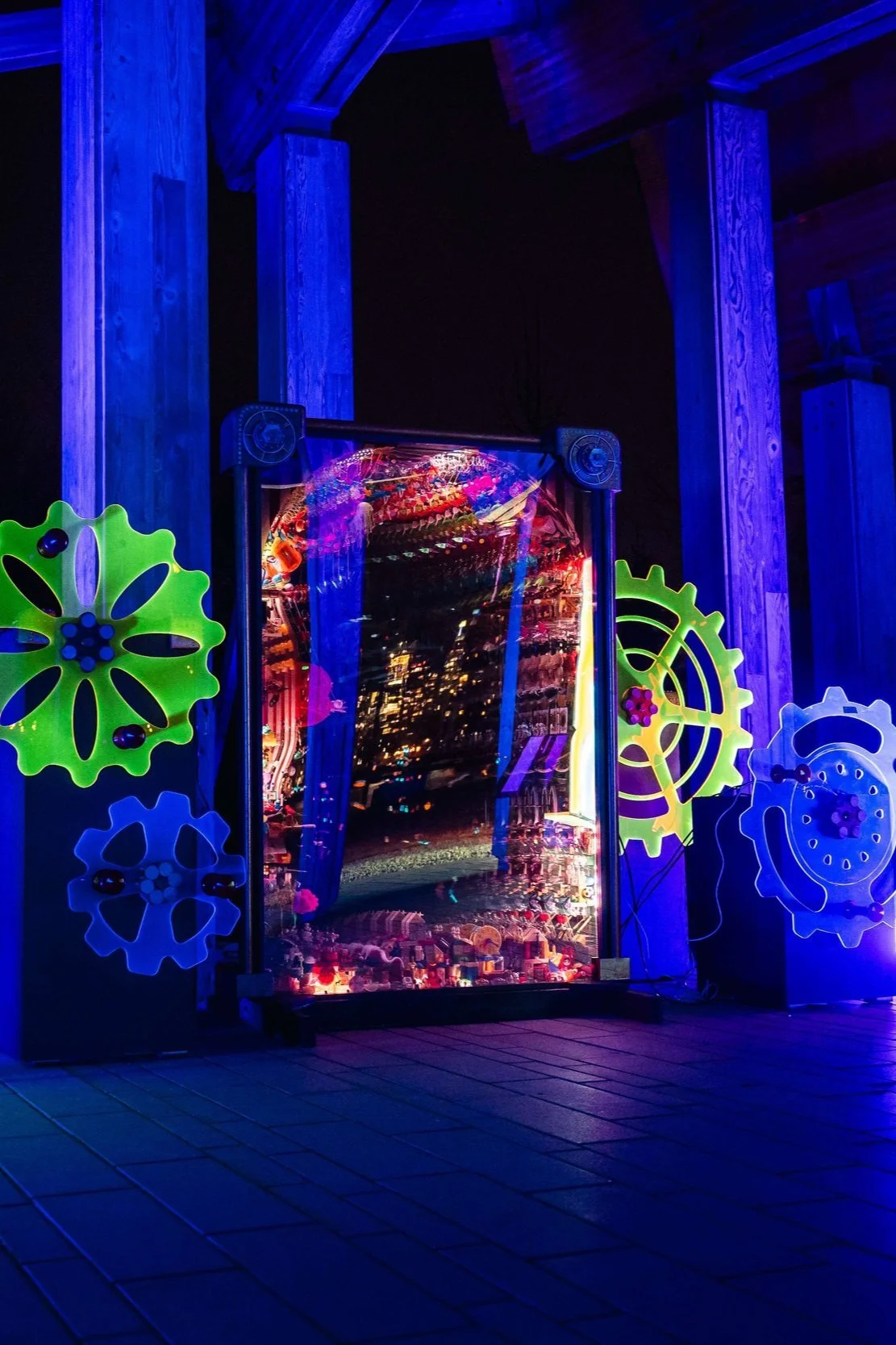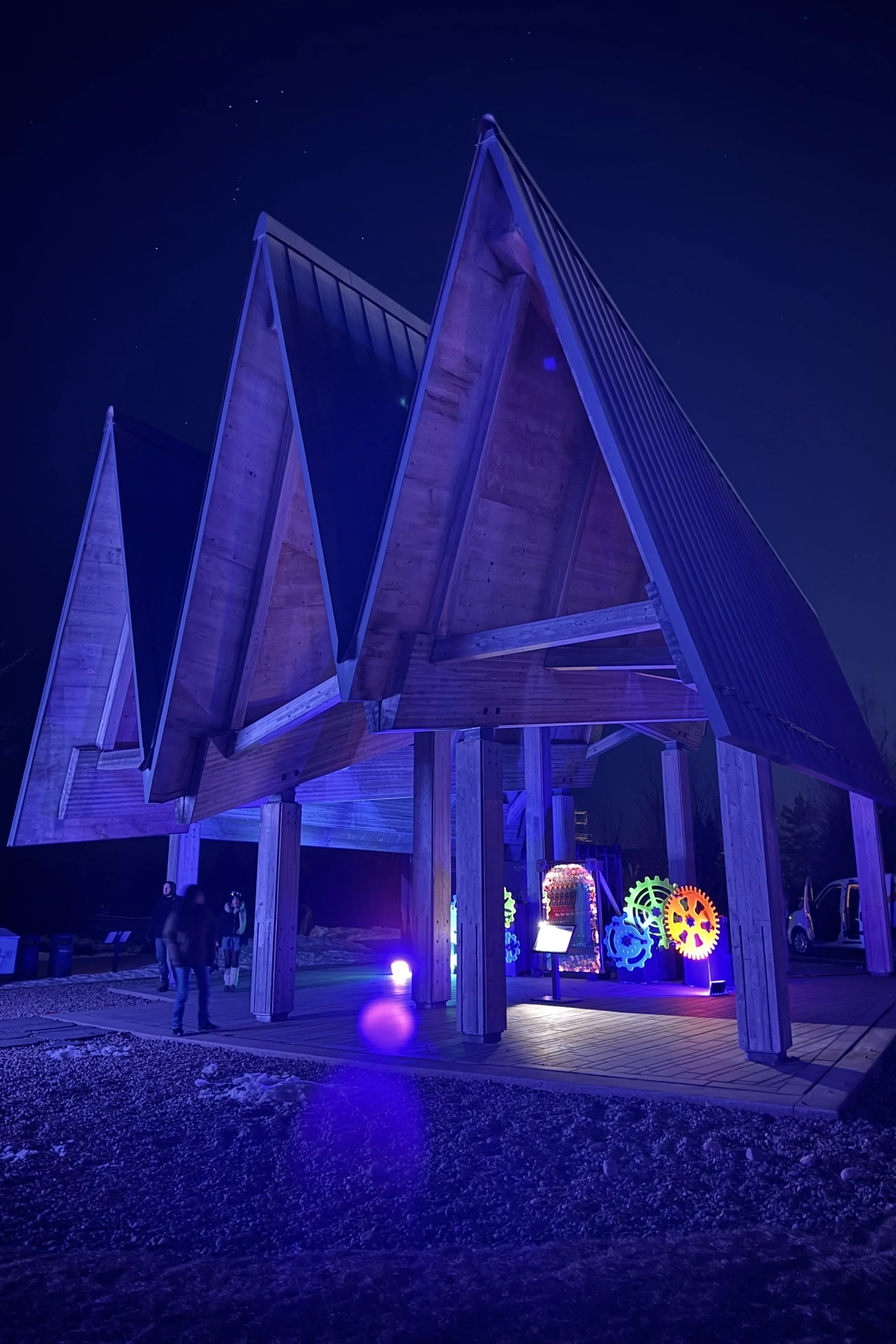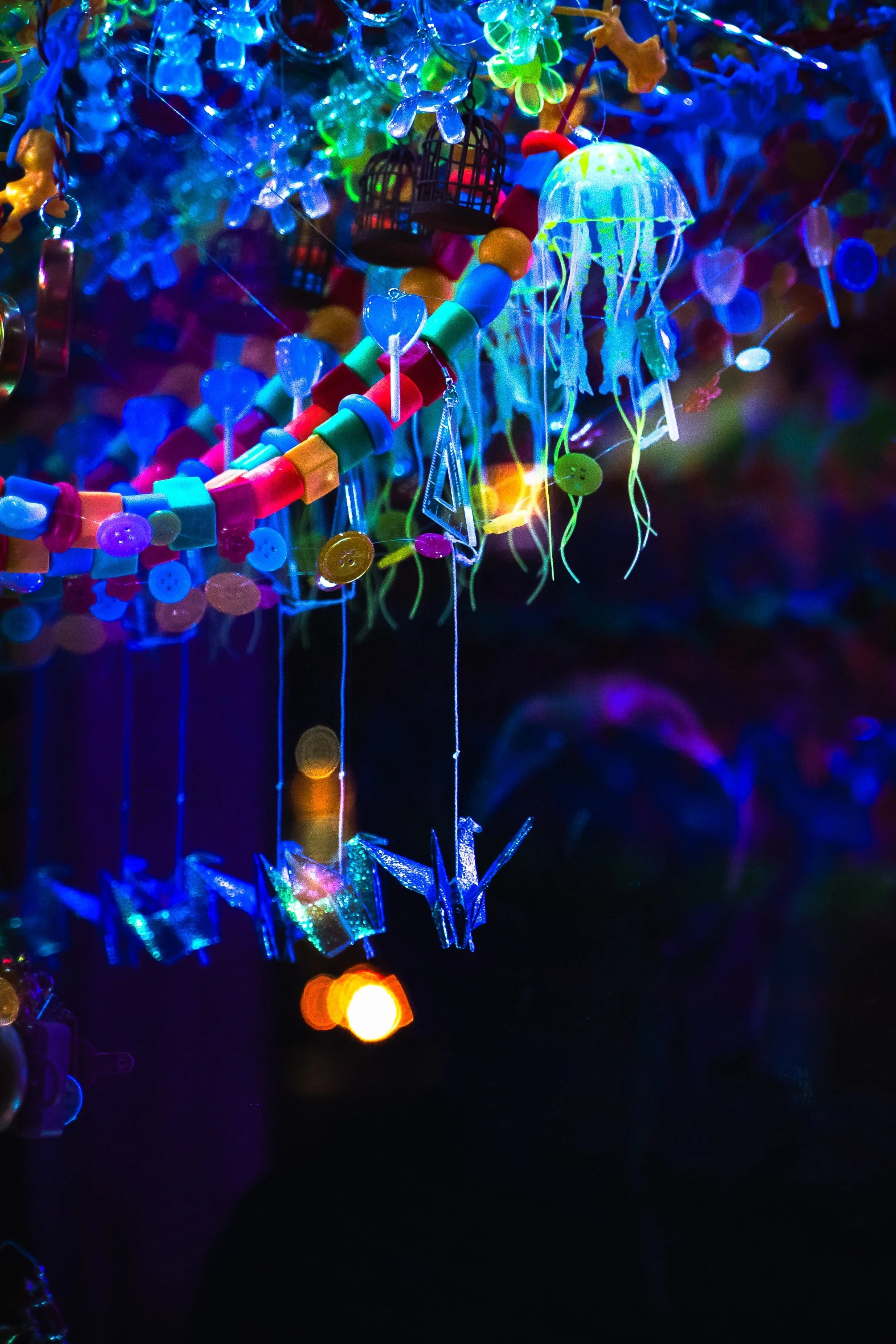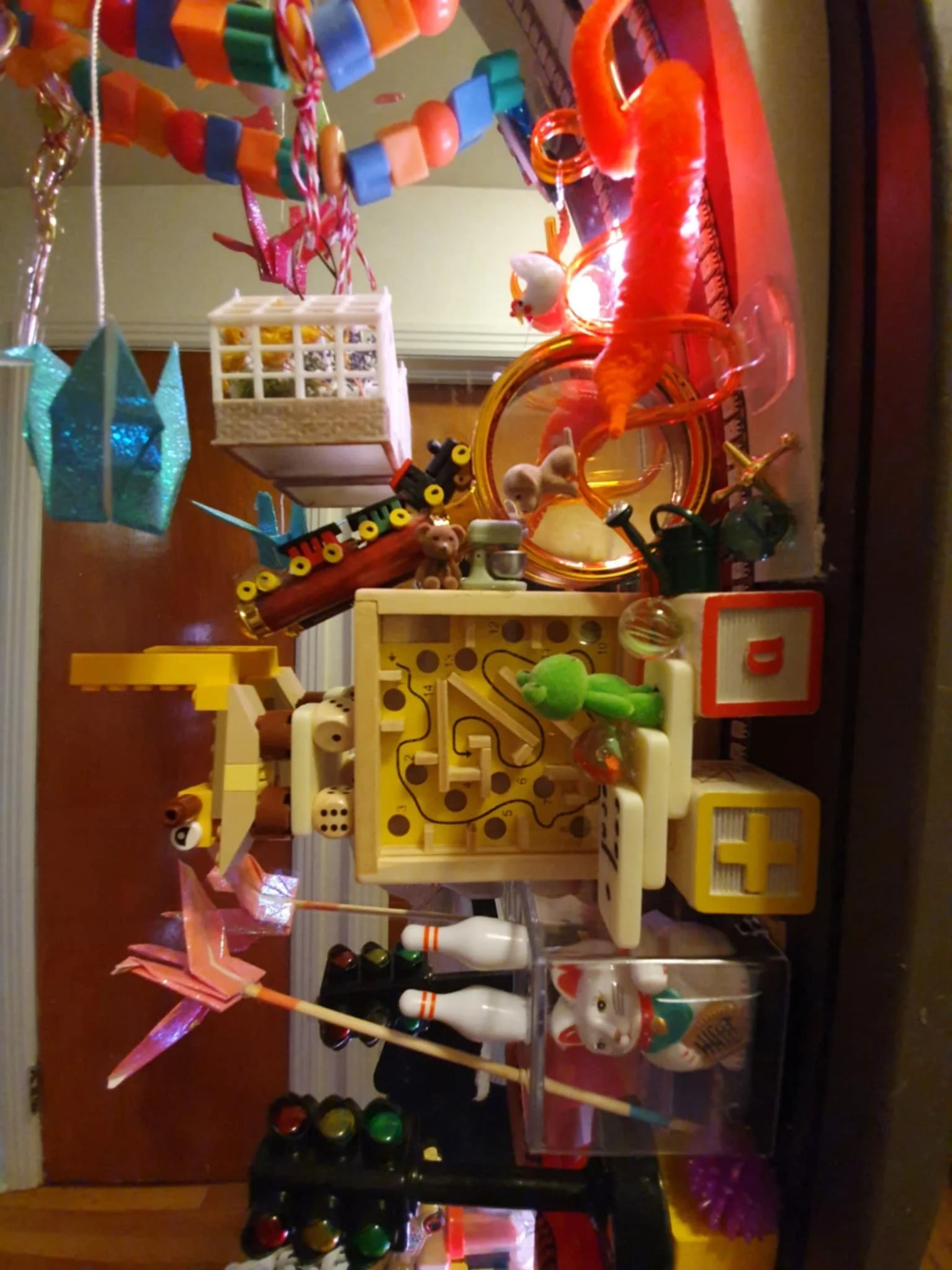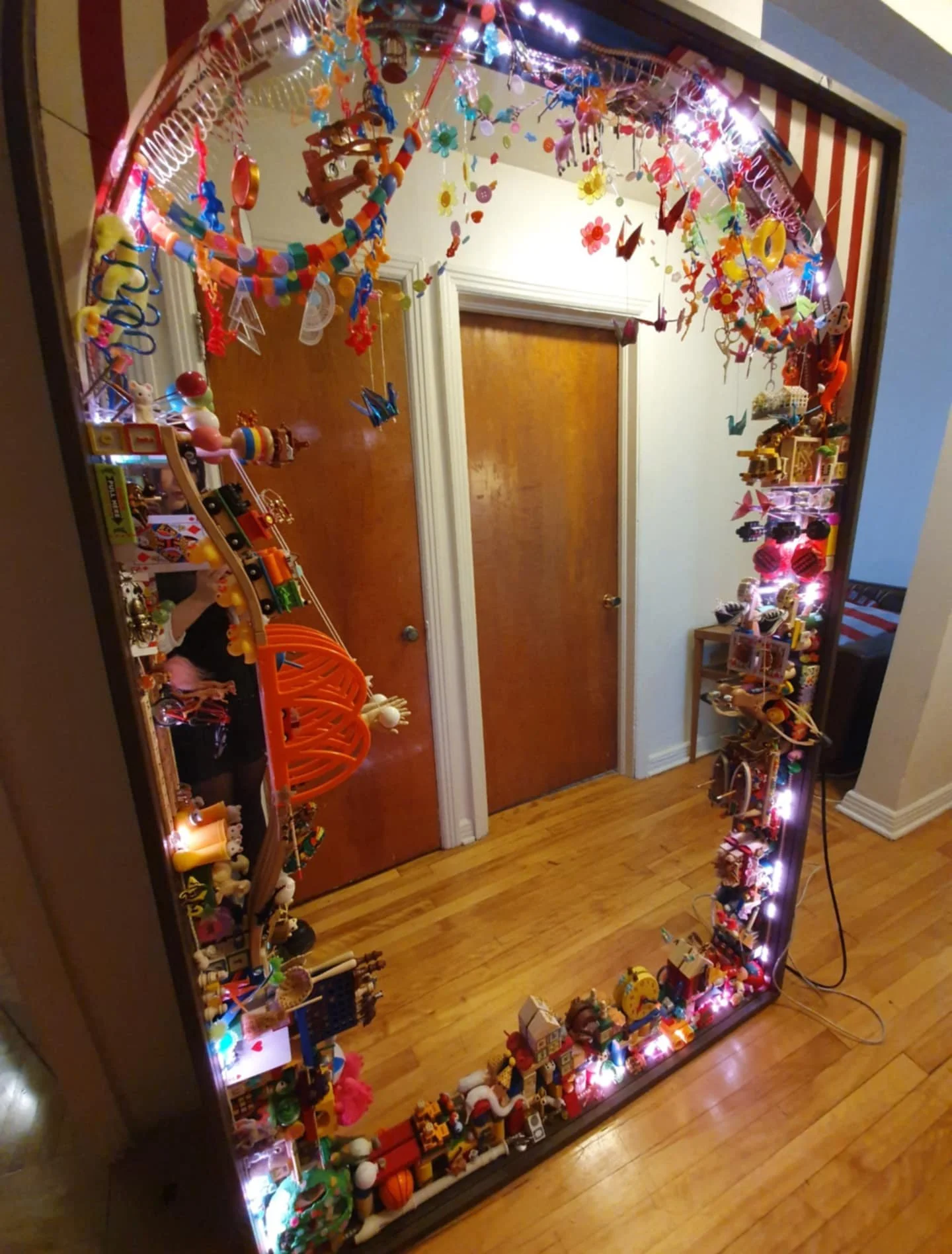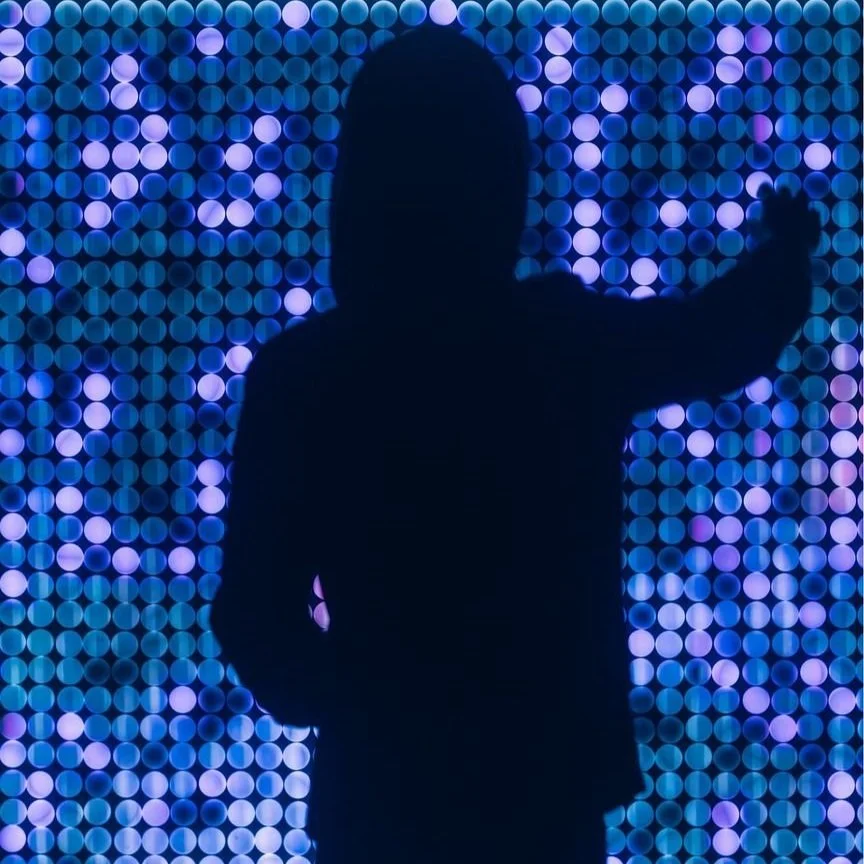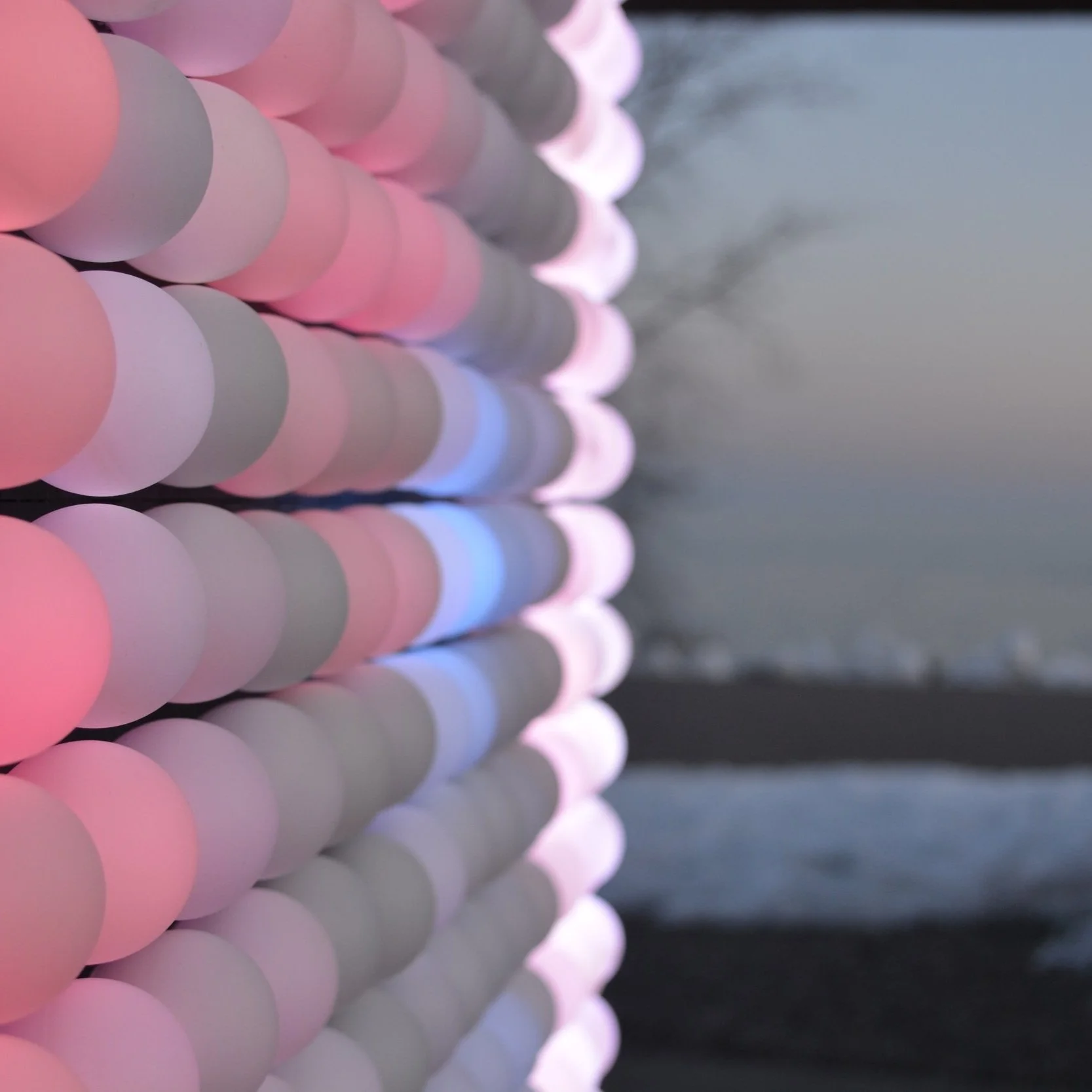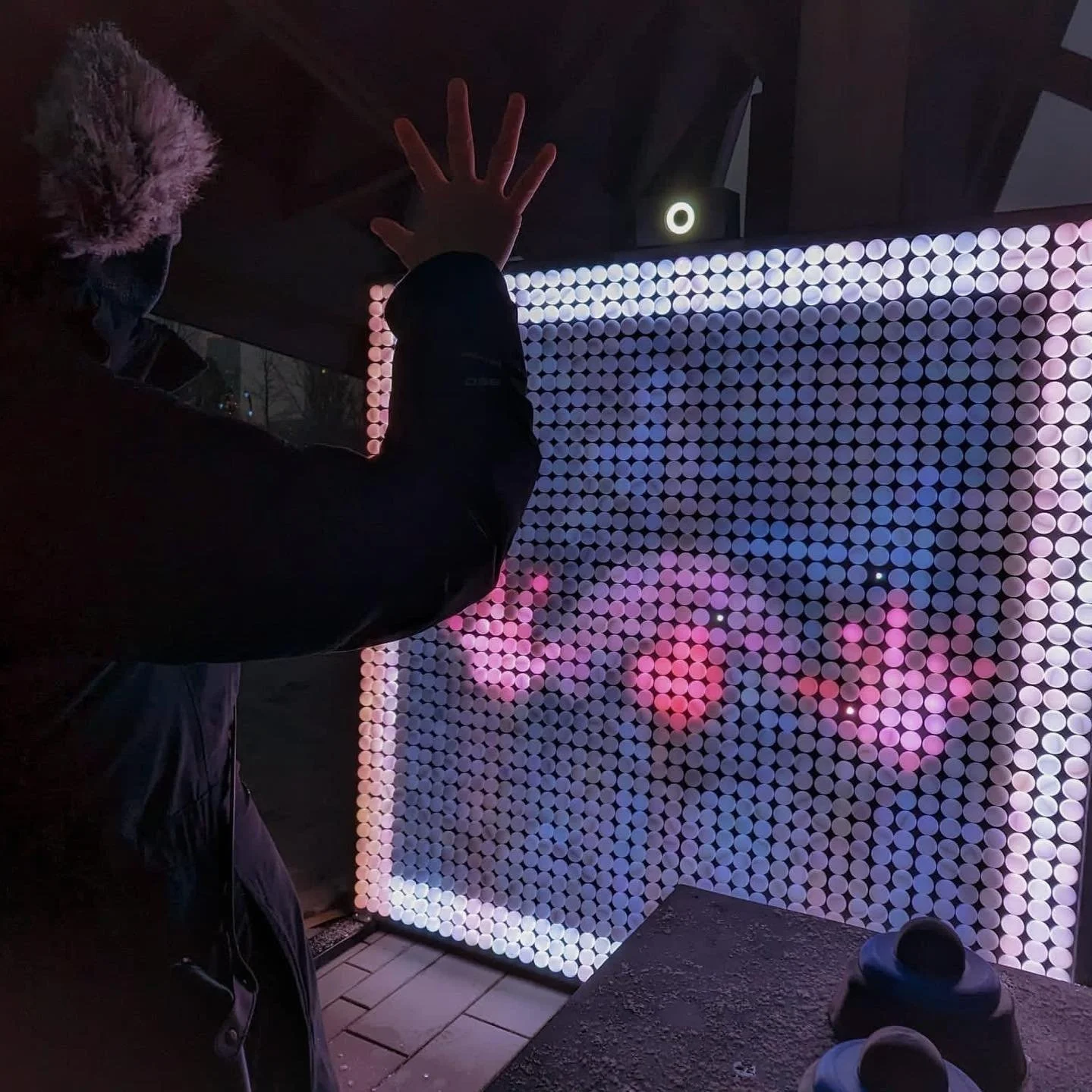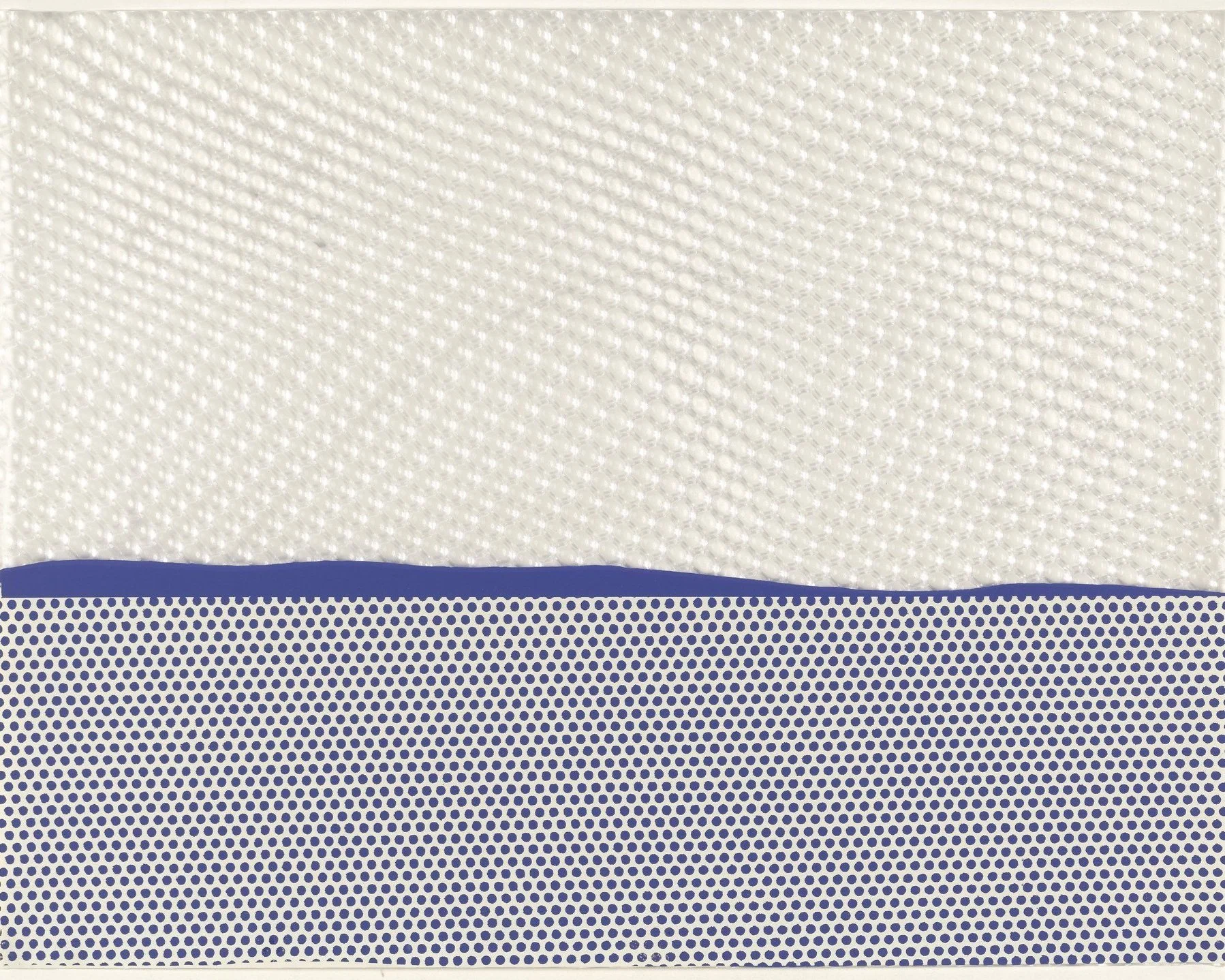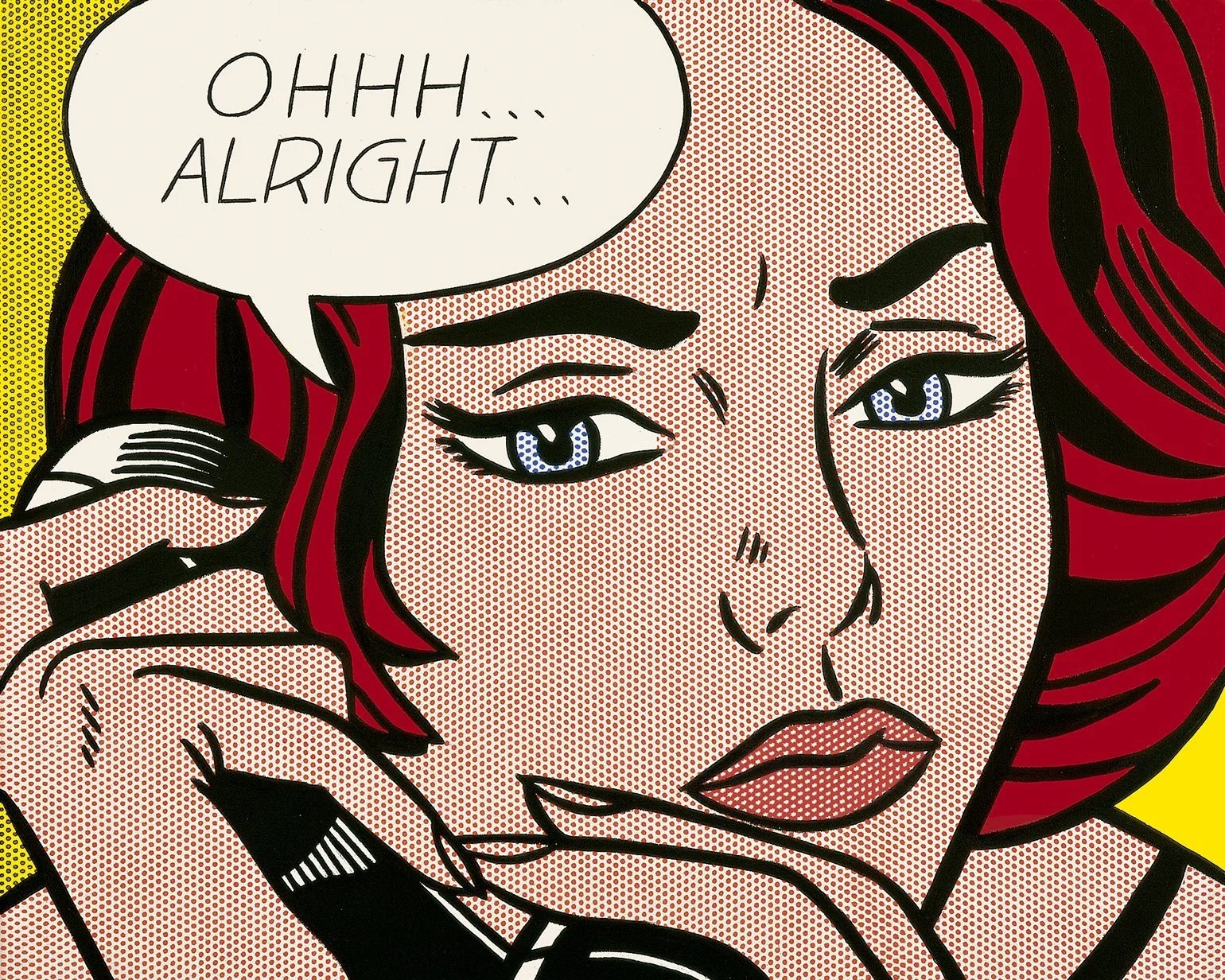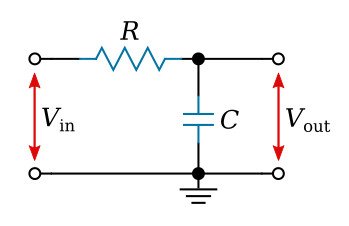Our projects:
Our projects are listed from newest to oldest. These projects are built by many hands and minds. We believe great art comes from collaboration, not hierarchy. Everyone involved helps shape the work, and we make it a point to credit every contribution.
NOSTALGIA MECHANICA, 2024
Nostalgia Mechanica is an interactive sculpture that is inspired by the colourfulness and child-like wonder of dreams. The focal point of the piece is an infinity mirror, whose perimeter is adorned with LED lights, as well as various trinkets, small knick knacks and ephemera. Using a two way mirror, the mirror repeatedly reflects the lights and items onto itself, thus creating an illuminated, portal-like illusion. The portal will have a static light that will always illuminate it, however, in order to activate the dream portal, the large gear-shaped wheels must be turned. When turned by the user/s, each gear will trigger a specific lighting colour as well as a sound to appear.Once all the gears are turned, a special lighting effect and soundscape will activate. Designed for the 2025 edition of Lumiere: Art of Light. The theme of the show was “Neon Dreams.” We wanted to create a piece that evoked the colourfulness of childhood nostalgia. We incorporated interactive elements that would trigger lights and sounds reminiscent of vintage wind-up toys.
Design:
Implementation:
Hundreds of tiny trinkets and ephemera are arranged and glued onto the mirror frame.Our amazing friend Joeri Genntjens helped us a lot with the woodworking component of the project. A large mirror frame, and five boxes were fabricated with wood. The boxes will eventually have large acrylic gear-shaped controllers attached onto them. They also serve as a protective structure for the raspberry Pi’s and Arduino chips which will allow the piece's interactive components to function.Gears are attached with axels. The axels spin via ball bearings. Nathan designed 3D printed gears and a holder that is secured onto the wooden boxes.The holder houses a rotary encoder that is able to translate the spinning motion of the gear and send a signal to the ESP32 to trigger a lighting + sound effect. In order to gain communication reliability on the gear turning, we turned away from wifi and focused on an entire ethernet cable based approach. This required an overhaul of the pinout of our ESP32s.Daniel wrote the code that allows the spinning of the gears to communicate with the ESP32 and trigger the light and sounds effects. His repository on GitHub can be found here: https://github.com/DanielPechersky/nostmack-gear-readerCustom fluorescent acrylic gears are cut and will be attached with an axel system onto the wooden boxes. A mirror is attached to the wooden frame using winter rated adhesive. We custom 3D printed and painted an archway, which we attached to the mirror to soften the shape of the frame.A double sided mirror is attached onto the outer frame, creating an infinity mirror illusion.A special thanks to:
Chris Copeman, Victor Quezada-Novoa and Shan Chhibber for helping lift an 8' mirror up and down the top floor of our apartment with no elevator!andNick Olsen, Hanwei Ng and William Bateman-Hemphill for helping install our piece at Ontario PlaceTHE LIGHT WITHIN, 2023
The goal of our piece, “The Light Within”, is to inspire viewers to experience a renewal of their own self. The public is invited to stand in front of the exhibition, facing the camera located at the top of the ping-pong wall. The camera captures the viewer in live-time and projects their image onto 1764 lit up ping-pong balls, creating an intricate matrix of colour and lights. There is also a control panel with two dials that allow the user to adjust and experiment with the light projection. “The Light Within” reclaims the function of the mirror and encourages the viewer to confront their reflection in order to see the beauty of their inner light.It has been shown at Lumiere: The Art of Light 2023 at Ontario Place, KWFamous Art Hop 2023, Lumen Waterloo 2023, and is currently at display in The Games Institute Research Building at the University of Waterloo. About our process:
Design:
We decided to use Ping-Pong balls for our display because they are excellent at diffusing light. Rendering a reflection as a series of circular forms is also a nod to a technique called “Ben-Day dots”-found in comic books and pop art. Roy Lichtenstein. Seascape I from New York Ten. 1964, published 1965We started with preliminary renders and custom electrical plans to implement the project. The show took place from March-May, therefore we had to consider changing weather conditions into the structure. Ontario Place is located right beside the lake, therefore objects would experience a lot of wind and cold. The design needed to be able to withstand this and not pose as a safety hazard to visitors (ie. tipping hazard)Roy Lichtenstein. Ohhh ... Alright ... 1964These are the first ever renders Diana made on Blender. She learned how to use Blender specifically for this proposal. But its been a very useful skill to have in order to make visuals for other projects!Finally, 1764 ping pong balls are individually drilled and glued onto the LED wood wall. Many hours and hot glue burns later, the wall is complete! All LED strips have to be soldered together and meticulously waterproofed. For the 1764 LEDs in the project, this represents over 3000 separate wires to solder and heat shrink. Nathan re-wired commercial electric wheelchair parts (which we opted to use for its weather proofing abilities) using a custom built RC Low Pass circuit to convert a PWM signal.Implementation:
RC Low pass filterA large point of difficulty was in getting all the image processing and LED driving to run on a Raspberry Pi 3, eventually this was resolved by finding a camera that could automatically downsample the outputted resolution. Razer generously gifted us a webcam that could do so.In order to get the the images from the webcam to be translated into a pixelated LED projection, many CS and engineering students-all from the University of Waterloo helped us write the code. The main contributors to the code are Daniel Pechersky (BCompSc 2022), Charlie Wang (BCompSc 2019), Joesph Kinsella (B.A.Sc Mech Eng 2015) Brian Le (B.A.Sc Comp Eng 2020), Richard Shi (B.A.Sc Comp Eng 2020) and Nathan Fischer (B.A CHPH 2023).You can read the code on Daniels repository here: https://github.com/DanielPechersky/wonderwallLudwig W. Wall designed an intricate wooden structure consisting of laser cut boxes, which are designed to house the LED lights. Each box has holes which LED lights can be stitched through. The boxes are then stacked into a large wooden frame to create a giant screen. The support structure that Ludwig fabricated is designed to withstand the elements. Because the piece was initially displayed at Ontario Place, cold, wind and high traffic were major design considerations.A special thanks to:
The Engineering Ideas Clinic and University of Waterloo Engineering
and
Abdallah Arar for driving a 26’ Truck in the heart of Toronto, Sabrina Lopresti, Yisan Jun, Hanwei Ng, Nick Olsen and Kevin Tran


